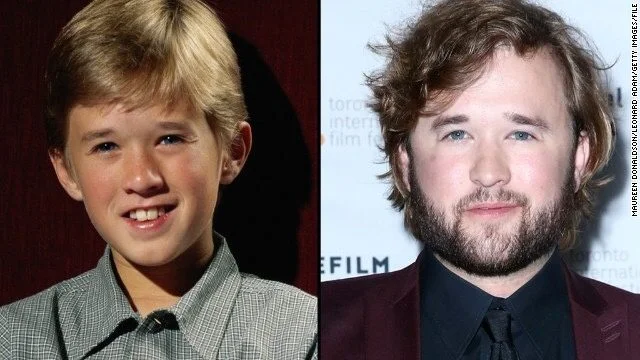The realm of cinema has witnessed numerous performances by child actors that have left audiences astounded. However, one scene that stands out for its complexity and emotional depth involves Haley Joel Osment in “The Sixth Sense.” Osment, who was merely 11 years old during filming, delivered a performance that was both haunting and deeply moving. His portrayal of a young boy burdened with the ability to see and communicate with the dead, particularly in the climactic scene where he reveals his secret to his mother, is widely regarded as one of the most challenging scenes ever performed by a child actor. This scene demanded a level of emotional maturity and depth that is rarely asked of child actors, making it a noteworthy example in film history.
The Boy in the Striped Pyjamas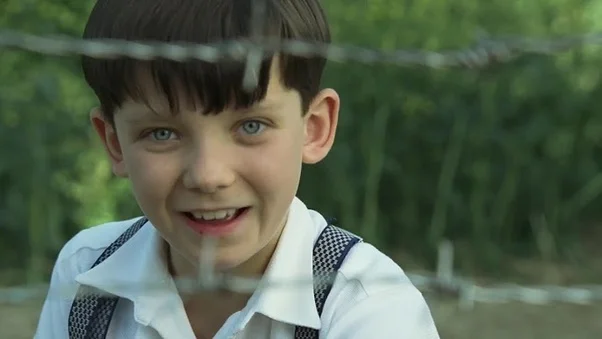
Asa Butterfield was only ten years old when he played the leading role in The Boy in the Striped Pyjamas (a 2008 Holocaust drama). He played the role of an eight-year-old son of a Nazi Commandant who befriends a Jewish prisoner.
Important Note: Movie spoilers ahead.
At the end of the film, Asa’s character unknowingly and unwillingly goes into a gas chamber with some grown men and they all get gassed – killed by poisonous gas.
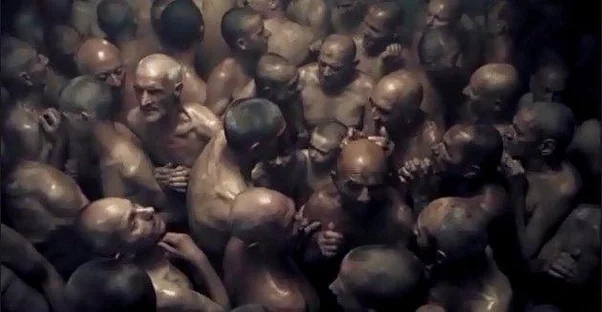
It’s a pretty ghastly scene for a ten-year-old. There was a false story that circulated on the internet where people claimed Asa was told by the director that they were filming people going into a huge bathroom to just take a shower together.
There are many variations of that story, but the main idea is that Asa didn’t know that their characters were going to get killed. In 2019, over a decade after the movie was made, Asa revealed that he knew exactly what they were acting out. In other words, no one lied to him and told him it wasn’t what it was.
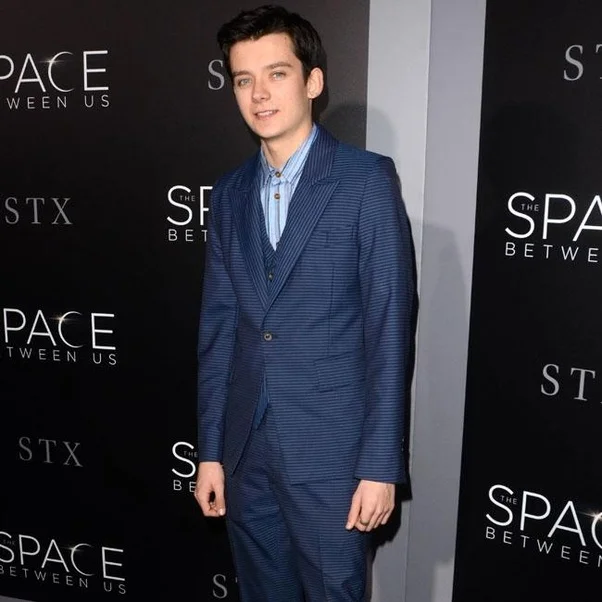
He said even though he knew he was just acting and it was not real, it was still hard for him. He knew then that the people who went into the gas chambers got killed so he understood what he was doing. After they finished filming that scene, he told his mother he didn’t want to be an actor anymore, so one can imagine how awful filming that scene must have been for him.
I remember bits of that job and the bits that stick with me were the hardest. The gas chamber scene, at the end, I knew what it was, I knew what we were demonstrating, I knew it was only acting. But I remember being in a room full of men, some of whom were completely naked, and it was dark, and they shut the door on us, and it was just… awful.
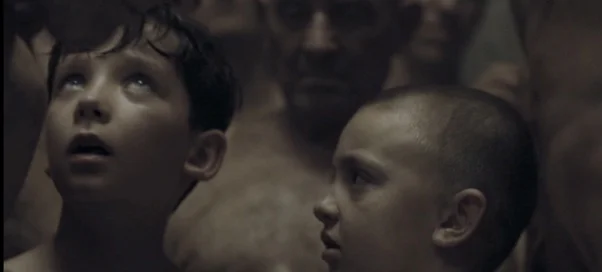
There were a few times I came out and said, ‘I can’t do it.’ We took gaps between takes, we played games. But it’s hard for a kid. When we were finished on ‘Boy In The Striped Pyjamas’ – I don’t remember this, but my mum told me after I finished that job – I said I didn’t want to be an actor any more.
How do child actors cope with horrific scenes? In Asa’s case, he coped with that scene by taking breaks between takes to play and rest a little. Kids are smarter and more intuitive than most people think.
Aleksei Kravchenko
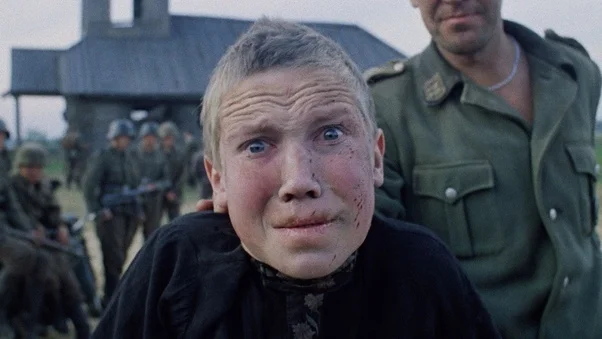
Americans are so proud of their war movies, but… actually… they’re kinda shit at it. If you wanna see what kinda hell war is, then look to the old Soviet block. In this case, Come and See. The title comes from the Book of Revelations in the Bible. The account of the mythological Christian end times. So that should probably set the tone.
In relevance to this question, director Elim Klimov pulled not one single punch about his lead actor Aleksei Kravchenko. Then fourteen years old at the time. The story follows the travails of a young would-be partisan in Nazi-occupied Belarus during WWII. What follows is a hallucinatory nightmare of violence and depravity. Kravchenko is said to have aged twenty years during filming just from the horrors portrayed. Culminating in a truly harrowing encounter with the Einsatzgruppen death squads.
Evolver
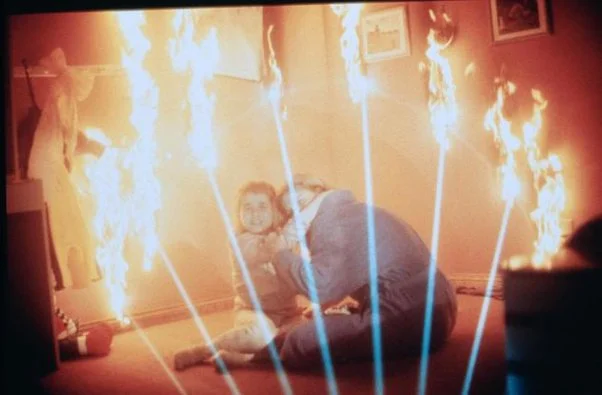
My daughter and her film mom are being attacked by a Terminator-esque killer robot. Her film mom was later set on fire. The thing is, making films does remove a lot of the fun mystery, and excitement of the films. My daughter knew that the robot wasn’t real, and wasn’t firing lasers at her. She knew the fire was controlled and there was a fire marshall on the set. Also, She knew her mom wasn’t going to get burned.
She knew anyone could stop the scene if something was wrong, or that the director could. She knew all the people ‘killed’ by the robot were still alive after the scene. And that her character was still alive at the end of the movie. There is nothing scary about making a scary film.
The scariest part was when her stuffed toy dragon (used as set dressing) was accidentally set on fire. And destroyed while filming when she was off-set. The production crew searched every toy store in California to get a replacement and have it shipped overnight to the set before she knew it was gone. Every cast member and crew was sworn to secrecy not to tell her.
I let the cat out of the bag when she was about 16. She was upset. But I was touched by what lengths the production went to not upset my daughter.
Claude Jarman, Jr. in “The Yearling” (1946)
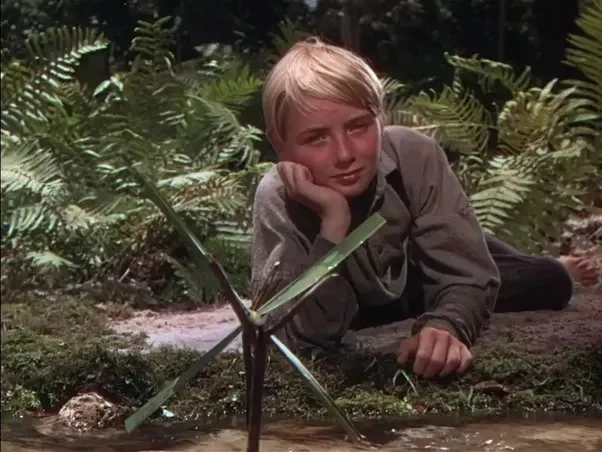
Jarman was 10 years old and had never acted before when he was cast as the young protagonist Jody Baxter in Clarence Brown’s 1946 film. Adaptation of Marjorie Kinnan Rawlings’ Pulitzer Prize-winning novel about a young boy growing up in backwoods Florida in the 1870s. I’m a huge fan of Rawlings’ novel — it was the first book I ever fell in love with as a child. And Jarman captured the essence of sensitive, lonely young Jody perfectly. He was awarded an Academy Juvenile Award for his performance.
Elizabeth Taylor in “National Velvet”
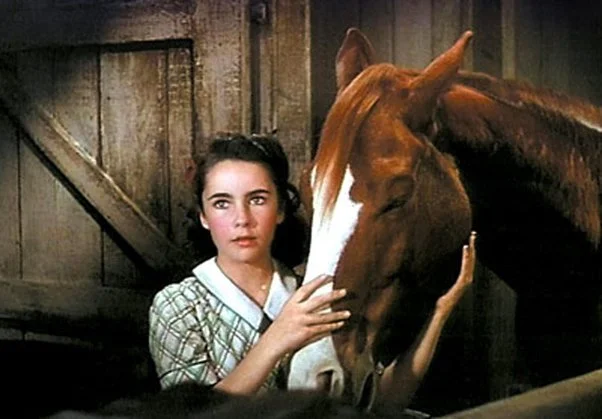
Taylor was 12 years old (and already beautiful) when she played English schoolgirl Velvet Brown. who becomes convinced that a spirited gelding . she wins in a raffle can win the Grand National steeplechase. She was extraordinary. Velvet is sweet, dreamy-eyed, naive, yet passionate and strong in her convictions. And, as played by Taylor, exemplifies everything that is wonderful about children and the way they see the world. It’s one of my favorite films, and Taylor’s performance (along with Anne Revere’s as her wise, loving mother) is a big reason for that.
Kirsten Dunst in “Interview with the Vampire”

The film itself is, to me, only so-so — in fact, Dunst, as child vampire Claudia, is probably the best thing about it. Then 12, she acted circles around costars Brad Pitt and Tom Cruise, nailing the tricky role of an aging immortal trapped in the body of a child. She was mesmerizing.
Natalie Portman in “Beautiful Girls”
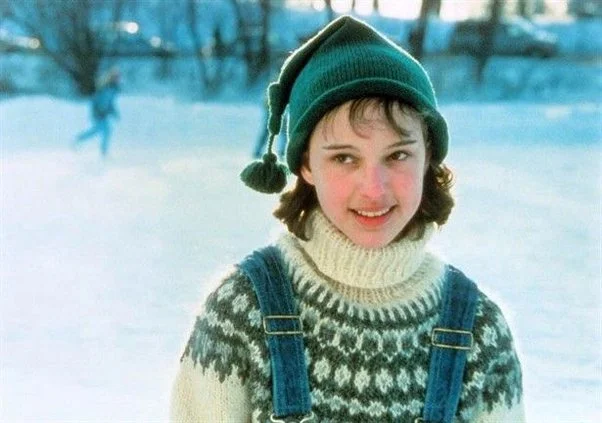
Yes, yes, “The Professional”. I know. But it’s been mentioned in several answers, and Portman was no less charming in 1995’s “Beautiful Girls”. Playing 13-year-old, self-proclaimed “old soul” Marty, who catches the attention of main protagonist Willie Conway (played by Timothy Hutton). Marty is so wonderful — young, and innocent, yet with wisdom and insight seldom seen in adolescent girls. That Willie’s interest in her seems natural as opposed to creepy or weird (although credit also goes to Hutton for his performance). Another of my favorite films.
